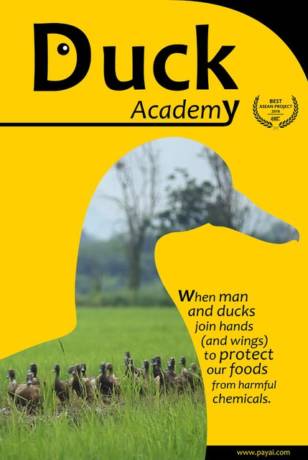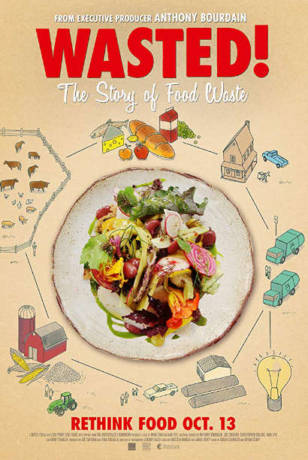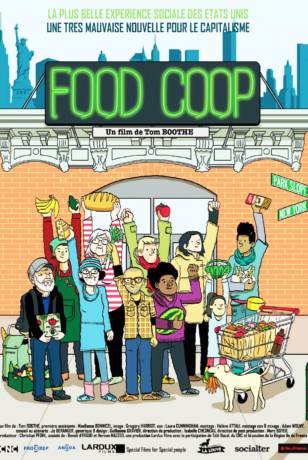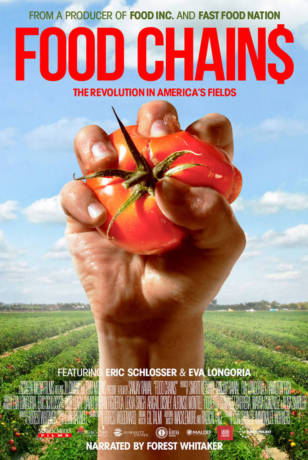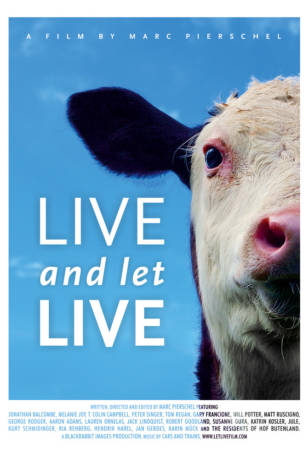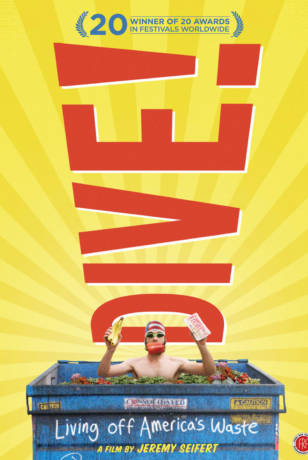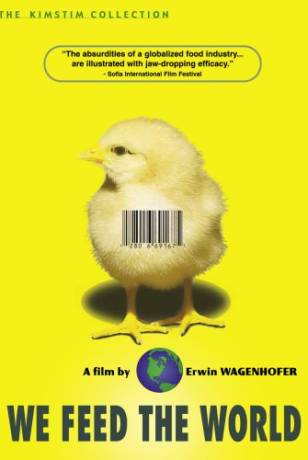The Rise of Vertical Farming
At present, our food system is inefficiently organized: our food travels many kilometers, uses a lot of water, is wasted and pollutes the environment. Food flats and vertical farming in urban agriculture are important alternatives to our current inefficient food system.
To produce sufficient food for the future, experiments with vertical farming, rooftop gardening are being conducted. Two thirds of all available fresh water is now being used for food production. Two thirds of all water pollution is caused by the use of pesticides. In order to reduce the distance that takes food between place of production and consumption, vertical farms are emerging worldwide.
The American company Aerofarms is currently the largest vertical farm in the world. In a former steel factory, the company produces lettuce and vegetable for around 25,000 people in the neighborhood. Aerofarms is putting on this kind of vertical farms in several locations worldwide. Always in the city up to 1.5 kilometers away from a large supermarket or distribution center.
In cities where it is difficult to supply enough fresh food, local entrepreneurs sniff the opportunities and start city-building initiatives.
The Netherlands, after the United States, is the second agricultural exporter in the world. The combination of the research power of Wageningen University, the experience of growers and the technological knowledge makes the Netherlands unique. But is their position as exporting country to be under pressure as more and more companies from all over the world, grow their vegetables and lettuce vertically and locally?









